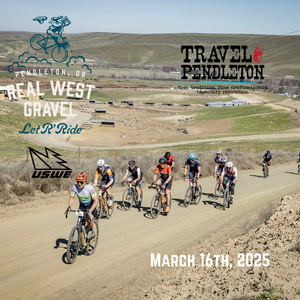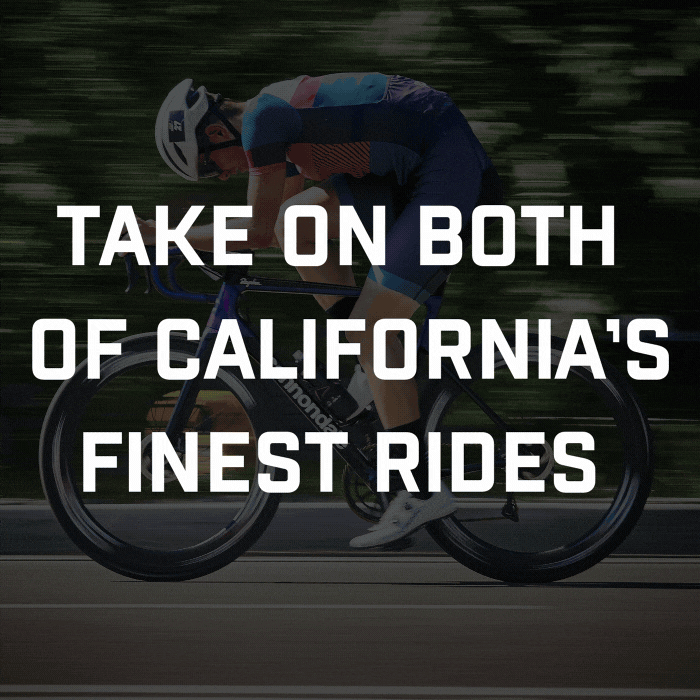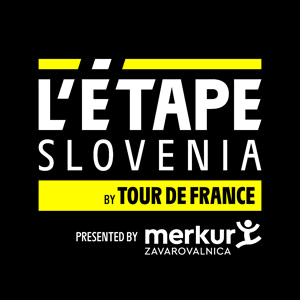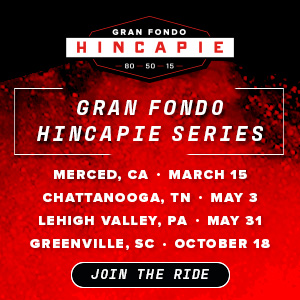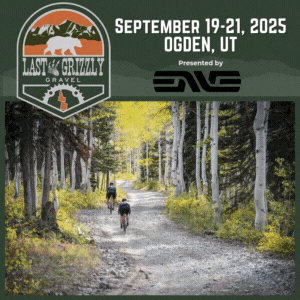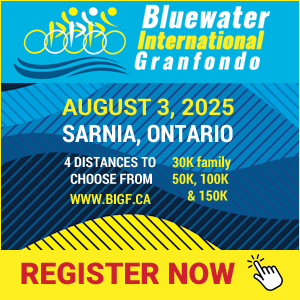The Lone Cyclist’s Guide To Surviving a Fondo
At first, I couldn’t comprehend the bitter bile that rose in my mouth when I saw my friend’s Instagram post. There he was at the Axel Merckx Okanagan Fondo, looking sublime, his body ergonomically poised for optimal performance as his paceline sailed past, a line of riders flawlessly in sync
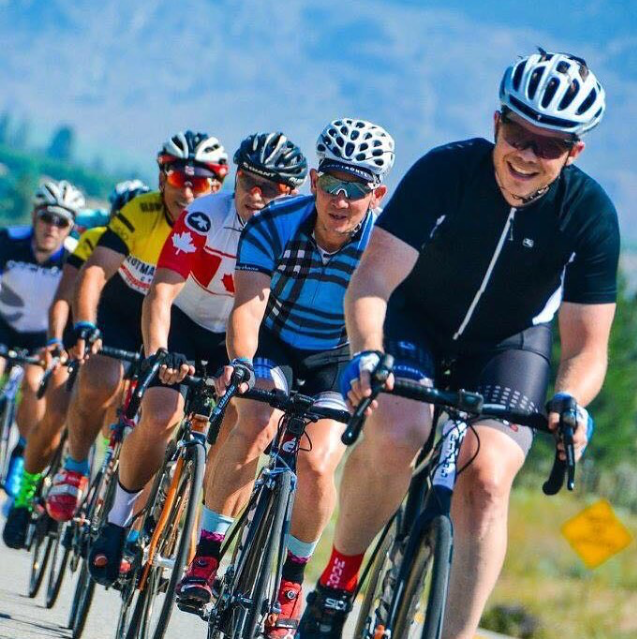 This was not surprising and not new. I had seen similar posts in the cycling community. I had also witnessed equally well-equipped riders countless times during the four and a half hours it took me to complete the velocefondo. What sunk in like a lead anchor upon seeing that image was pure and unadultered group envy. In that moment, I realized that this group would have ridden together throughout the morning. This group would have enjoyed the camaraderie and support of having teammates to pace off of, the luxury of sharing tips on each segment of the ride. But most importantly, this group would have been able to ride in a peloton, drafting off each other to block the wind and creating a stronger, more powerful combined effort.
This was not surprising and not new. I had seen similar posts in the cycling community. I had also witnessed equally well-equipped riders countless times during the four and a half hours it took me to complete the velocefondo. What sunk in like a lead anchor upon seeing that image was pure and unadultered group envy. In that moment, I realized that this group would have ridden together throughout the morning. This group would have enjoyed the camaraderie and support of having teammates to pace off of, the luxury of sharing tips on each segment of the ride. But most importantly, this group would have been able to ride in a peloton, drafting off each other to block the wind and creating a stronger, more powerful combined effort.
I, on the other hand, had worked hard to join groups when I could, latching onto them like a flea to a dog. But just as unwelcome, I had occasionally been shaken off and made to feel like an intruder. It was my first time on the course and I did not have anyone to warn me of route particulars or to discuss strategy with. It was up to me to use the limited data I had gathered from the website and plan accordingly. Nevertheless, I am stubborn and I do not give up easily. While I did not have the benefits of being in a group, I employed a few strategies of my own to ease my ride.
Here are a few tips for solo fondo’ ers:
Draft shamelessly.
The benefit of riding in a peloton is well-documented. Paul Doherty of Exploratorium explains that the front rider creates a wake or low pressure area behind him as well as an eddy (vortices) of wind which benefit both riders and allow a group of riders to accelerate: “Cyclists who are part of the group can save up to 40 percent in energy expenditures over a cyclist who is not drafting with the group”.
Not surprisingly, I started off my fondo with a friend who suggested that we draft off people whenever possible. While drafting is de rigueur, there is an etiquette involved. You do not want to be seen as a wheel suck or someone who drafts behind others but does not return the favour. Ideally, you should offer to take the lead by pulling other cyclists behind you periodically, thus creating a paceline. I found that smiling and using positive body energy went a long way: I ended up drafting behind groups but also leading at times. Luckily for me, I was able to negotiate the long, windy stretch along the Okanagan Lake in the shelter of a string of riders around me. Alas, on my return leg I tried to join a group that resisted my overtures. One of their members shut me out saying, “Bike Shop Girl, you’re on my wheel.” This group had a tight rotation system in their peloton which they were not willing to jeopardize for an outsider. In shock (My Hawaiian Bike Shop jersey was charming!) and with my tail between my legs, I scurried to the back where I scrambled to find other riders to join.
Fuel up often.
My good friend Robert (in photo below) swears by his self-imposed rule to stop at every rest stop. During a previous fondo, I came across Robert at the last rest stop where I had arrived ahead of him. Feeling proud of myself, we both set off on the last 25 km at the same time. However, that segment of the ride took me 15 minutes longer to complete because my body bonked. Robert is convinced that his edge can be attributed to taking time to fuel up and hydrate since he stopped at each and every rest stop. Rather than slowing you down, stopping to eat, hydrate and rest your legs will pay off in the long run. Cycling experts recommend eating approximately 60 grams of food every hour. Good options are bananas, nuts, bars and quickly digestible carbohydrates such as bagels or fruit. While it is tempting to rely on gels, make sure that you do not change your food habits on race day. I have been the victim of stomach cramping due to overloading on gels, chews and other endurance sport concoctions. Demonstrating this point, at the Penticton Fondo I decided to fill my water bottles with electrolyte drink tabs since I had been warned of the excessive Penticton heat that week (highs of 38 degrees F) and that sweating would lead to sodium loss and dehydration. However, drinking 3 bottles of electrolyte infused water in the first hour and a half of the race made me sick to my stomach for the rest of the day. Changing my dietary routine on race day was a mistake.
Garmin it up.
The mental game is at least 50% of your cycling arsenal. Race conditions and the charged atmosphere that accompany cycling with over 3000 other velophiles make riders push themselves to go harder and faster than they would on a typical weekend ride. To maintain my focus and diminish self-inflicted pressure, I used my garmin to break the ride into “doable” components. I would focus on completing 20 km segments until I reached a particular goal. My first target was to get around the Okanagan lake section. After that, I focused on reaching the 100km mark, where I knew adrenaline would carry me to the finish. Endurance athletes employ mental strategies to help them. For me, befriending my garmin helped me break the route up into achievable goals.
Reach out to people. Create allies.
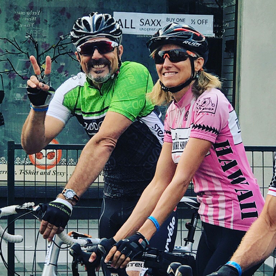 Keeping up morale is essential when you are physically pushed to the limit. In the vein of Katniss Everdeen, I knew that I needed to garner support from any source if I were to survive the hazardous arena of a smoke-infused, 35 degree Okanagan Valley fondo. This is why I spoke to as many cyclists as I could. At first, I was surrounded by riders in every direction and could easily chat with others while passing through epic cherry orchards or sage rows of grape vines. As the morning progressed, however, we spread out on the course and formed isolated pockets. Fellow cyclists passed by in sporadic packs or in isolation. Fearing being left alone with my thoughts, I latched onto anyone I could, blurting out, “What a great bike!” or, “Where did you get your jersey?” to any and all riders in earshot. These cues inevitably invoked the bike banter I needed to forget my woes.
Keeping up morale is essential when you are physically pushed to the limit. In the vein of Katniss Everdeen, I knew that I needed to garner support from any source if I were to survive the hazardous arena of a smoke-infused, 35 degree Okanagan Valley fondo. This is why I spoke to as many cyclists as I could. At first, I was surrounded by riders in every direction and could easily chat with others while passing through epic cherry orchards or sage rows of grape vines. As the morning progressed, however, we spread out on the course and formed isolated pockets. Fellow cyclists passed by in sporadic packs or in isolation. Fearing being left alone with my thoughts, I latched onto anyone I could, blurting out, “What a great bike!” or, “Where did you get your jersey?” to any and all riders in earshot. These cues inevitably invoked the bike banter I needed to forget my woes.
Reaching the top of a climb on the infamous Secrest Hill section, a man asked me, “Is this the highest point?” and I reassuringly responded, “It’s one of them”. At a rest stop, I met a man with ripped cycling shorts who had taken a cattle crossing too fast and fallen. Asking him if he was alright, he responded, “You should see the road. It looks way worse.” Chuckling, I was inspired by his indomitable spirit and positive energy. I met a couple from Seattle while navigating the desert-like plateaus above Lake Skaha. They were playing music “ghetto-blaster style” on an iphone and we chatted encouragingly to each other “we got this” and “great work”. Their positive vibe as I carried on past them made me feel more confident in my own ability to beat the heat.
Create your own paceline.
With 30 km to go, I was lagging from the heat and fatigue. Out of the corner of my eye, I noticed a woman that I had passed and been passed by a few times. I recognized her matching bright blue Kitsilano Energy jersey and matching socks. This woman turned out to be my saving grace. Deciding that we would be better off pulling for each other than fighting the wind in isolation, we formed an impromptu paceline for two. Taking turns, the kilometers passed by in short order and my partner’s positive energy and stoicism gave me the enthusiasm I needed to finish strong: When we hit a bumpy, bum-numbing section of pavement, she encouraged me by saying, “We can do anything for 20 kilometers.”
Looking back on my ride, I remember low points along the route where I experienced subpar breathing due to wild fire smoke from the interior, high temperatures that I wasn’t used to, and a challenging, unfamiliar route. However, I also remember the festive atmosphere in the town, an energetic band that played for us on the infamous Secrest hill, the stunning lakeside views, and this indomitable woman with the Kitsilano Energy jersey who gave me her energy to finish the ride in stride. This Fondo was not a “time trial” for me nor an opportunity to reach new Strava heights, but an opportunity to test my mettle and meet people who shared my passion for two-wheeled transportation.
My friend’s Instagram post no longer fills me with the same sense of envy. My ride was not smooth or sexy, or particularly efficient, yet I used my wits to complete it and I had countless memorable encounters with people along the way. In the future, I hope to experience the benefits of group riding, but in the meantime, being a solo cyclist in a fondo provides an invaluable experience of fortitude and camaraderie of a different kind.
For more infomation on the Axel Merckx Okanagan Fondo, click here.
by Maureen Duteau, aka "The Lone Cyclist"


